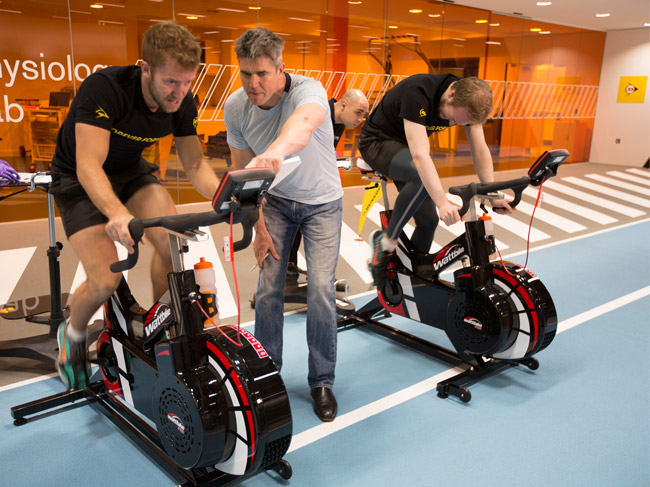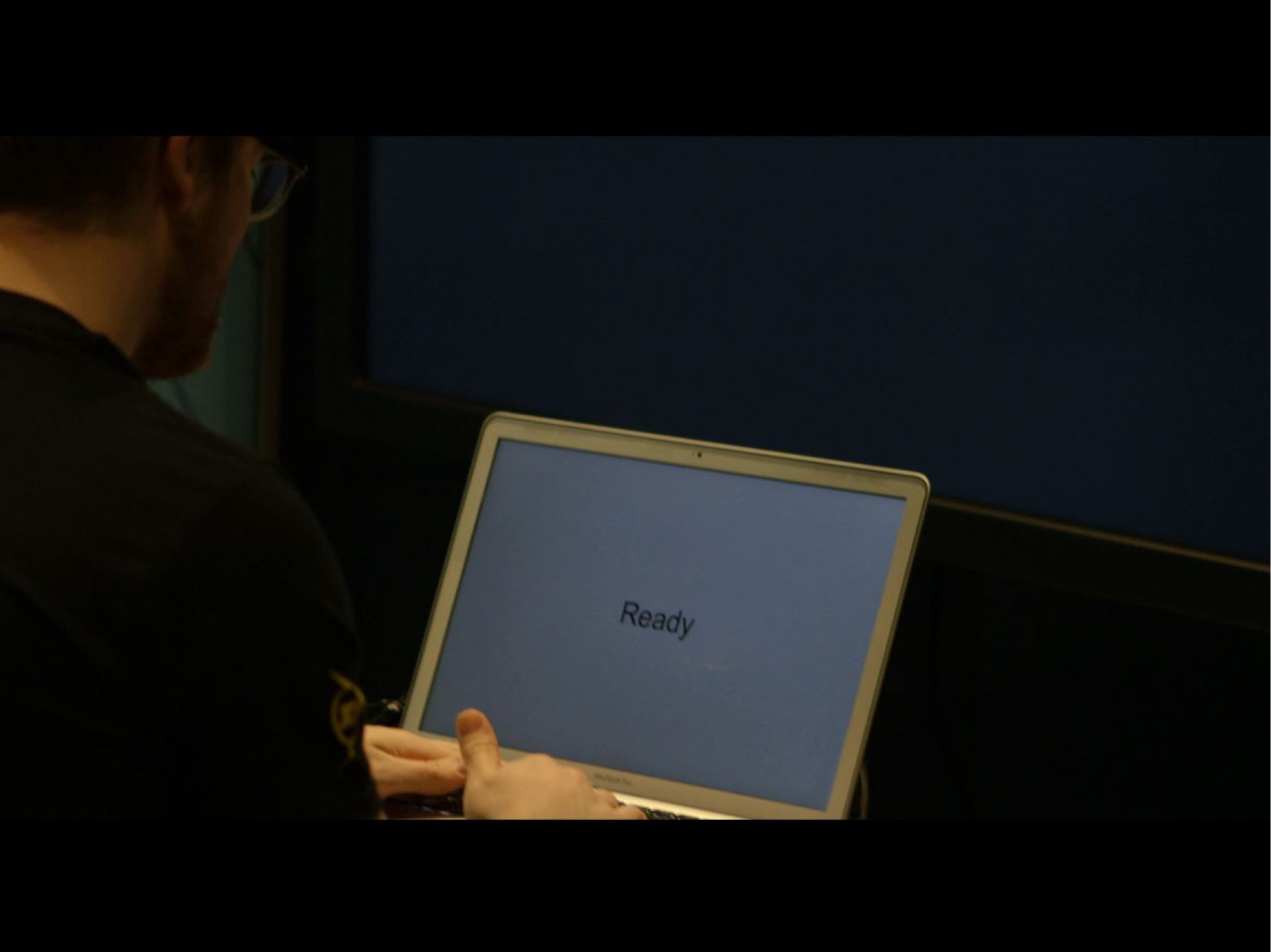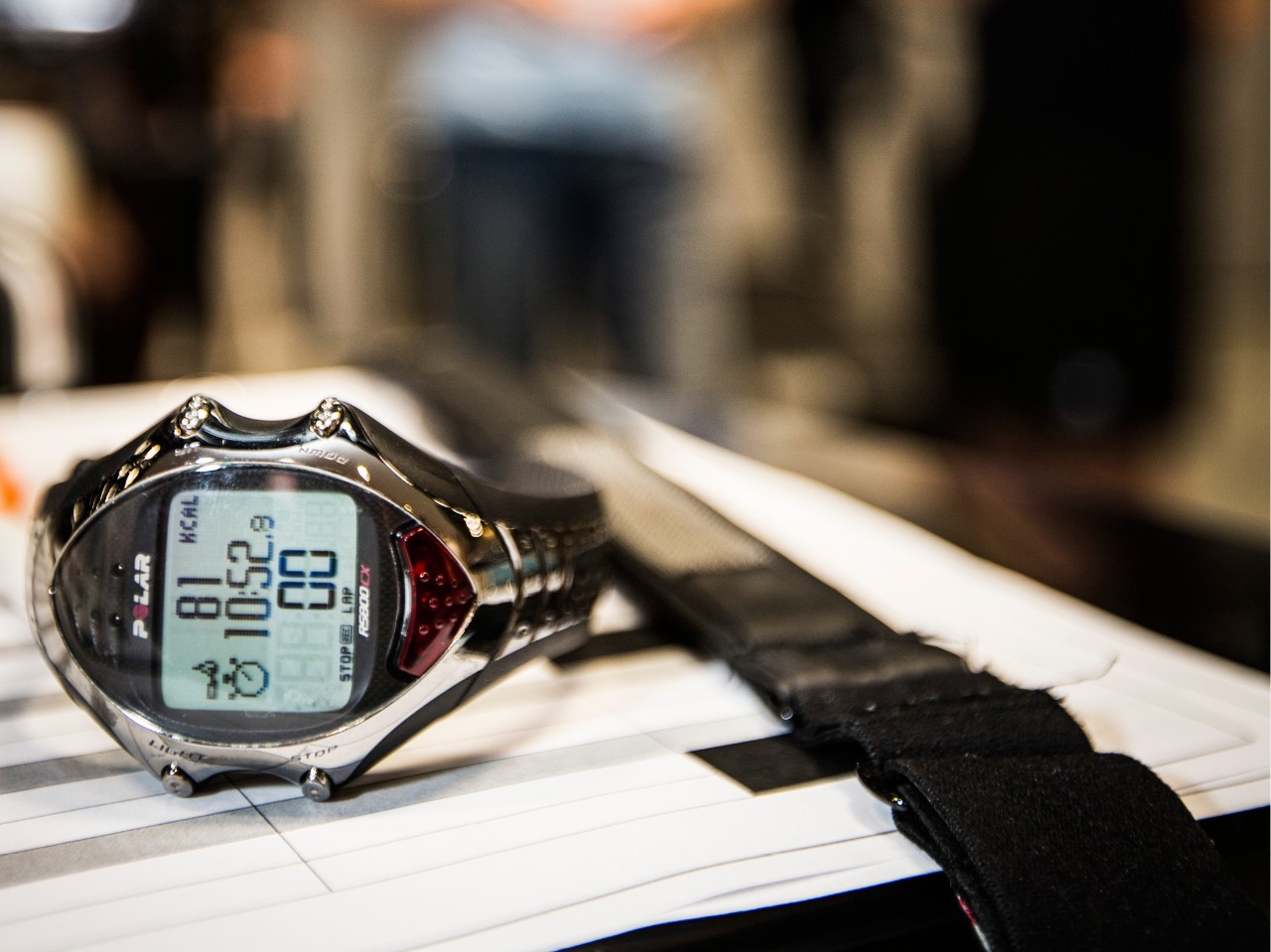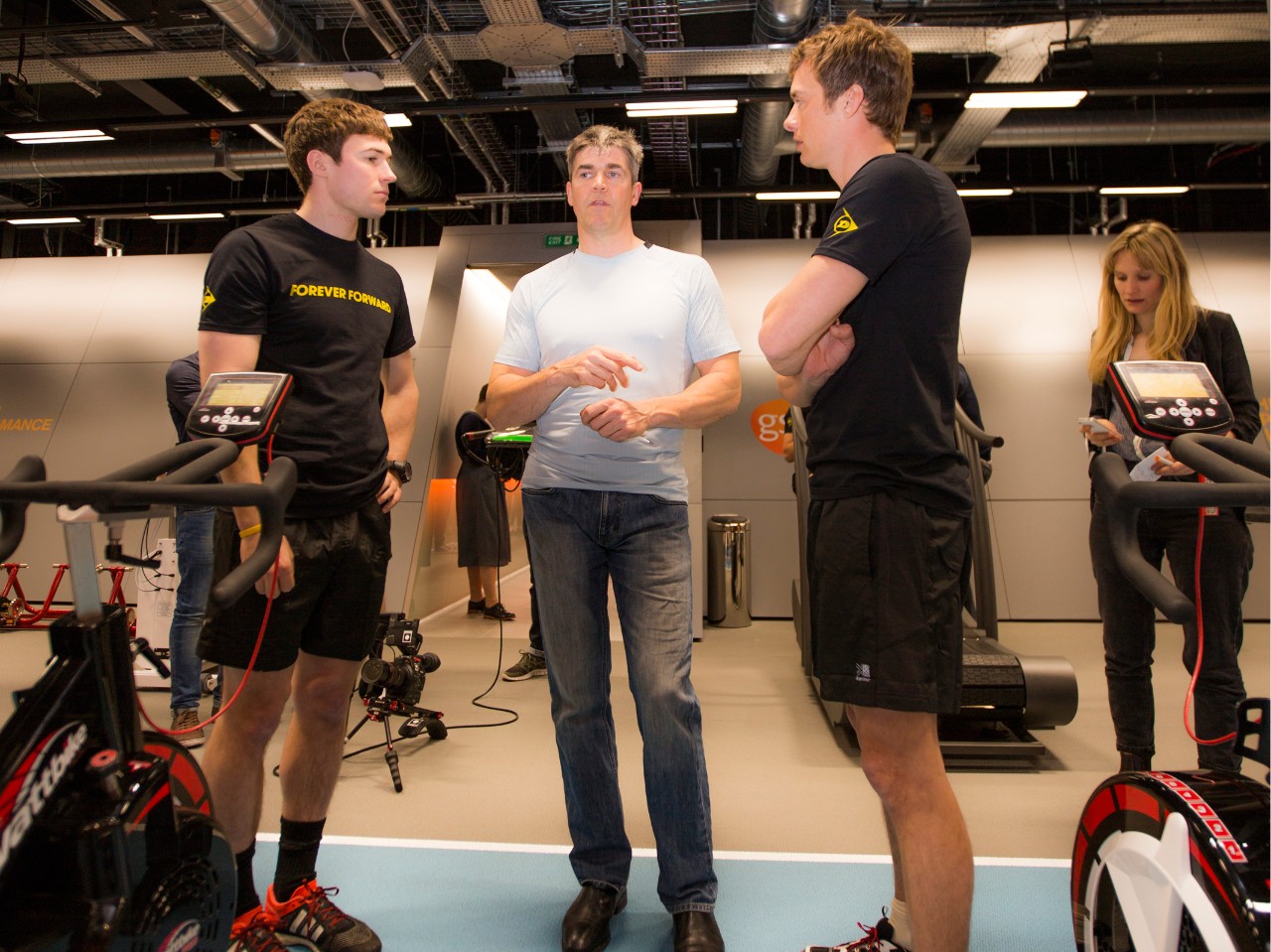This exclusive study was conducted on April 13th 2015, in partnership with University College London’s Professor Vincent Walsh at GlaxoSmithKline’s Human Performance Lab, to analyse how important mental performance is when coping with high pressure conditions.

The study contained two groups. The first group consisted of five elite athletes and the second group consisted of five members of public. Both groups were subject to exactly the same tests.
Four tests in total defined the results. The first two examined performance under physical pressure and the next two tests exposed how participants held up under mental pressure or distractions including when they had to assess risk.
These tests aimed to establish what sets the elite athletes apart. In some of the participants’ fields, split second decision making can result in the ultimate difference.

How fast do they detect stimuli and how well do they hold up under physical exhaustion?
The first test examined how well participants could group things together perceptually and detect a target.
The participant sees an assortment of images and has to identify as quickly as possible if a red square is present.
Participants then had to exercise until exhaustion. They were placed on a watt bike and instructed to put in absolute maximum effort for 30 seconds, before being given a 30 second rest. They had to repeat this cycle four times before being immediately re-tested to determine how performance holds up under physical pressure.
Regions of the brain involved: Frontal Eye Fields (important in rapid visual assessment) and Parietal Cortex (central to linking hand-eye coordination).

How well do they play they odds, and how does that hold up under physical exhaustion?
This test assessed how well participants adjusted their bets according to the odds.
There is a yellow token hidden in one of the boxes. The participant has to decide whether to look in the red boxes or the blue boxes for the yellow token. They then have to decide how much they would like to gamble on correctly finding the yellow token, by clicking on the white box when the gambling values appear.
Participants then had to exercise until exhaustion. They were placed on a watt bike and instructed to put in absolute maximum effort for 30 seconds, before being given a 30 second rest. They had to repeat this cycle four times before being immediately re-tested to determine how performance holds up under physical pressure.
Regions of the Brain Involved: the Right Ventrolateral Prefrontal Cortex (important when considering odds).

How fast are their reactions and can they withhold decisions if necessary?
Being fast is one thing, but sometimes you have to know when not to go for it and take that decision quickly too. This tests the ability to go for it at the right time and to go for it speedily.
The participant has to respond to the directions arrows on the screen point, whilst withholding a decision if the arrow is accompanied with a beep.
Participants were then re-tested, but had to add up a series of numbers at the same time to determine how performance holds up under mental pressure.
Regions of the brain involved: Frontal Eye Fields (rapid visual assessment), Parietal Cortex (hand-eye-coordination), Prefrontal Cortex (inhibiting decisions), Right Inferior Frontal Gyrus. (effects performance under pressure)

How fast do they estimate risk and reward?
Participants have to try and win as many points as possible by choosing certain cards. Some cards have high returns, but high losses and others have lower returns and lower losses.
Participants were then re-tested, but had to add up a series of numbers at the same time to determine how performance holds up under mental pressure.
Areas of the brain involved: Dorsolateral Prefrontal Cortex (for working memory), the Insula and Posterior Ingulate Cortex (for representations of emotional states), the Mesial Orbitofrontal and Ventromedial Prefrontal Cortex (for coupling the two previous processes), the Ventral Striatum and Anterior Cingulate/SMA (supplementary motor area for implementing behavioral decisions) shift from Dorsolateral Prefrontal Cortex processing to Orbitofrontal Cortex Processing.